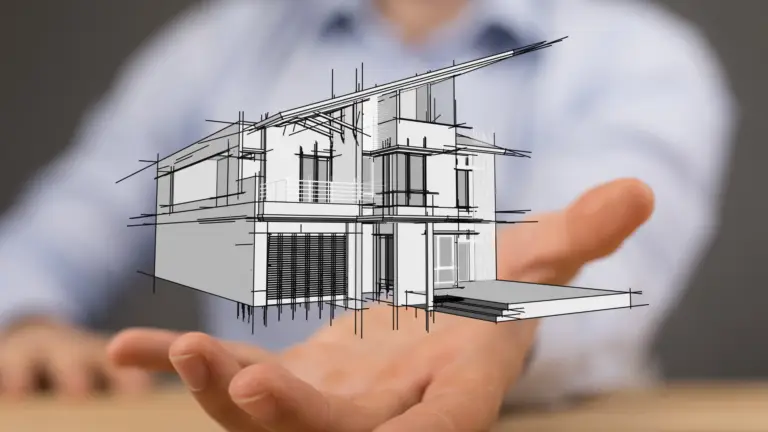In today’s rapidly evolving world, the concept of “smart buildings” has transcended mere automation. Smart buildings represent the fusion of cutting-edge technology, sustainability, and user-centric design to create efficient, comfortable, and environmentally responsible structures. In this comprehensive guide, we will explore the multifaceted realm of smart building construction and delve into the myriad ways in which it is revolutionizing the way we design, build, and interact with our built environment.
To view AH Construction’s projects click HERE
Defining Smart Buildings: A Holistic Approach
- Automation vs. Intelligence: Smart buildings go beyond mere automation. They leverage artificial intelligence (AI) and the Internet of Things (IoT) to make real-time decisions and adjustments based on data analysis.
- Energy Efficiency: One of the core tenets of smart buildings is energy efficiency. They employ advanced systems to optimize energy consumption, reducing costs and environmental impact.
- User Experience: Smart buildings prioritize the comfort and well-being of occupants. Features like smart lighting, climate control, and occupancy sensors enhance the user experience.
Key Components of Smart Building Construction
- Advanced Building Management Systems (BMS): BMSs act as the brains of smart buildings, integrating various systems like, lighting, security, and more. They enable centralized control and monitoring.
- Sustainable Design: Smart buildings incorporate sustainable design principles, utilizing materials and technologies that minimize environmental impact and promote resource efficiency.
- Security and Safety: Security is paramount in smart buildings. Access control systems, surveillance cameras, and cybersecurity measures are integrated to ensure the safety of occupants and data.
Benefits of Smart Building Construction
- Energy Savings: Smart buildings significantly reduce energy consumption through optimized systems, resulting in lower operational costs and a smaller carbon footprint.
- Enhanced Comfort: Occupants enjoy a more comfortable and productive environment with personalized control over lighting, temperature, and other amenities.
- Data-Driven Decision Making: The wealth of data generated by smart buildings allows for informed decision-making, predictive maintenance, and continuous improvement.
Challenges and Future Trends
- Interoperability: Integrating diverse smart systems from different manufacturers can be challenging. Standardization is a key area of development.
- Privacy Concerns: The collection of user data for building optimization raises privacy concerns that must be addressed transparently.
- Evolution of AI: Advances in AI will continue to drive the capabilities of smart buildings, making them even more intelligent and responsive.
Building a Smarter Future
Smart building construction is redefining the way we interact with the spaces we inhabit. It’s not just about automation; it’s about creating environments that are efficient, sustainable, and tailored to the needs of occupants. As technology continues to advance, the possibilities for smart buildings are limitless, offering a glimpse into a future where our built environment adapts and evolves in real-time to enhance our lives.
To view AH Construction’s projects click HERE




